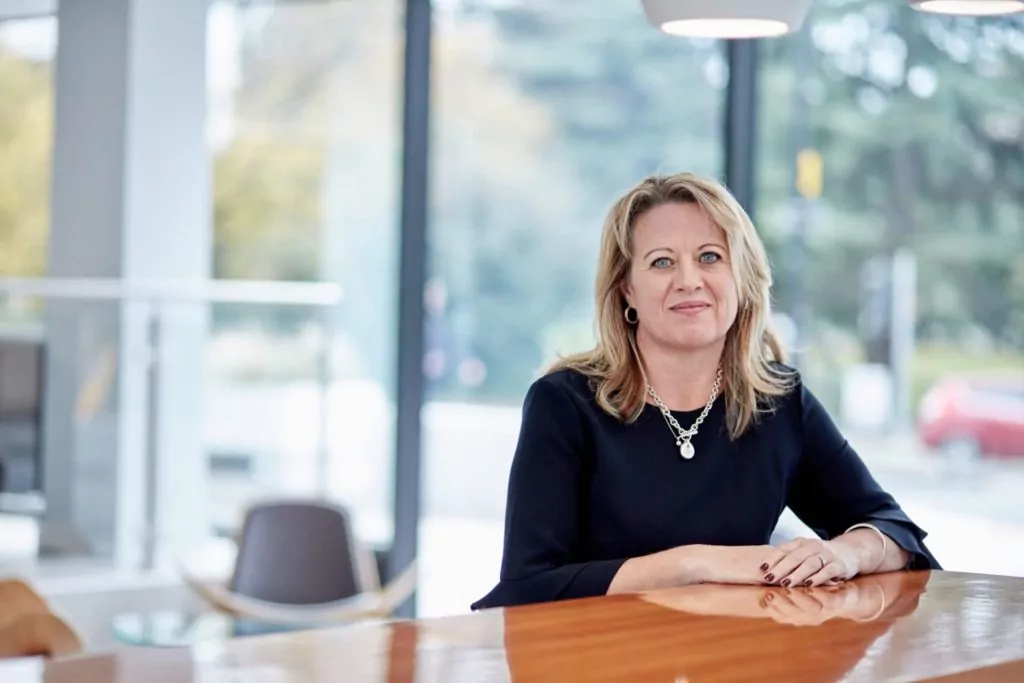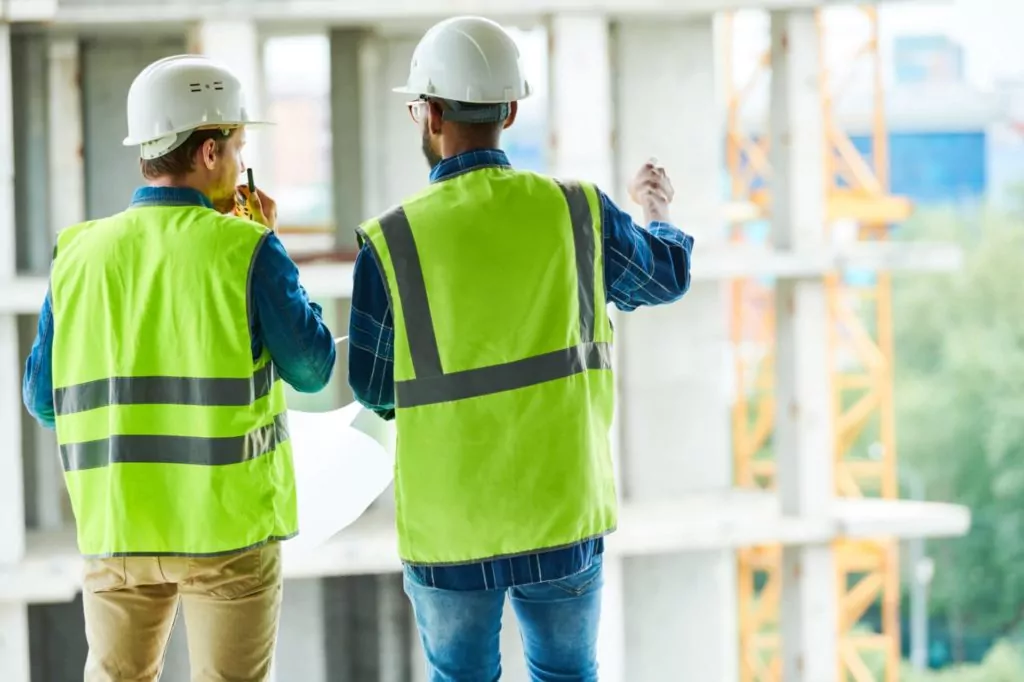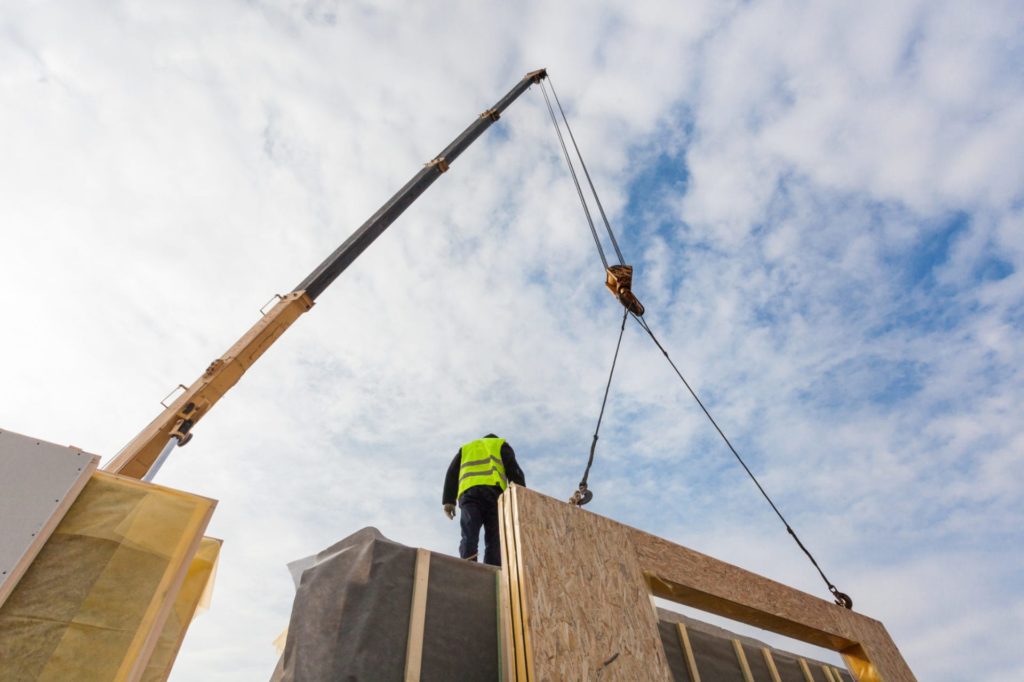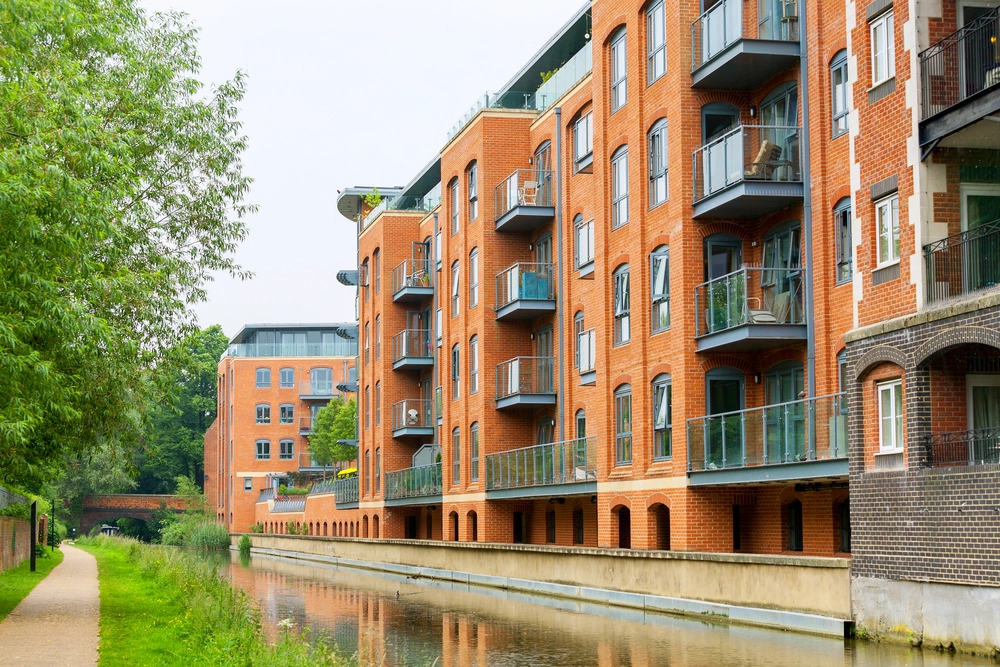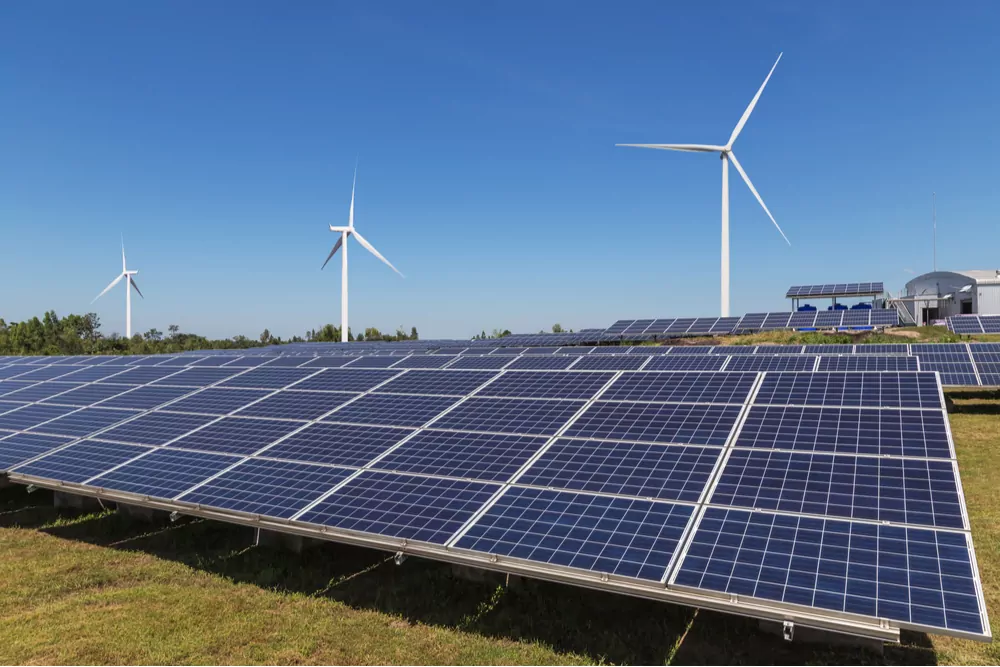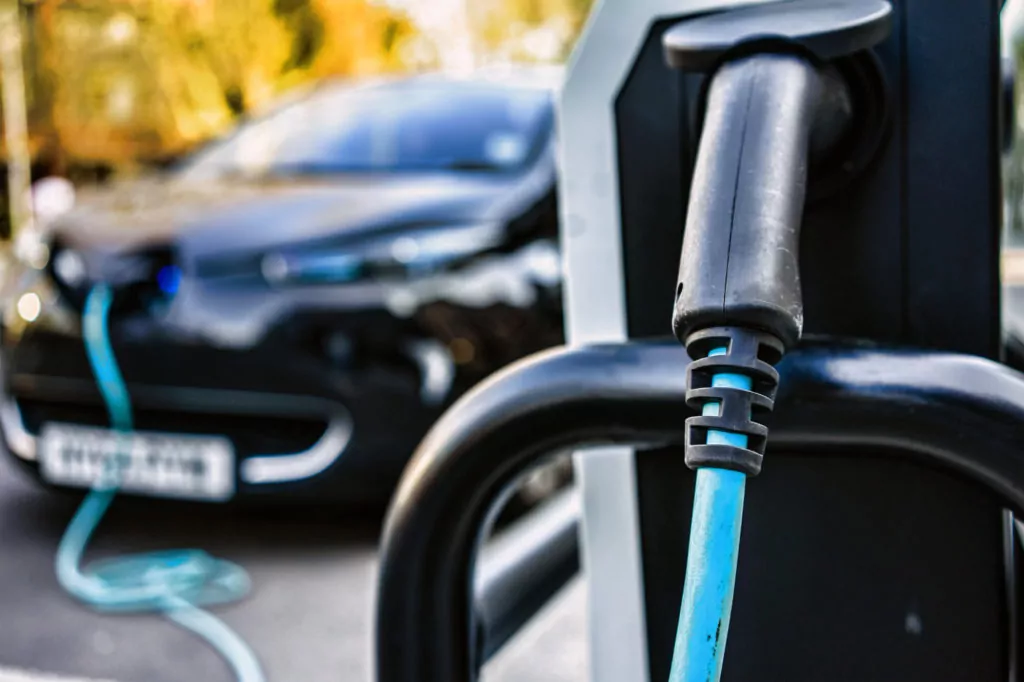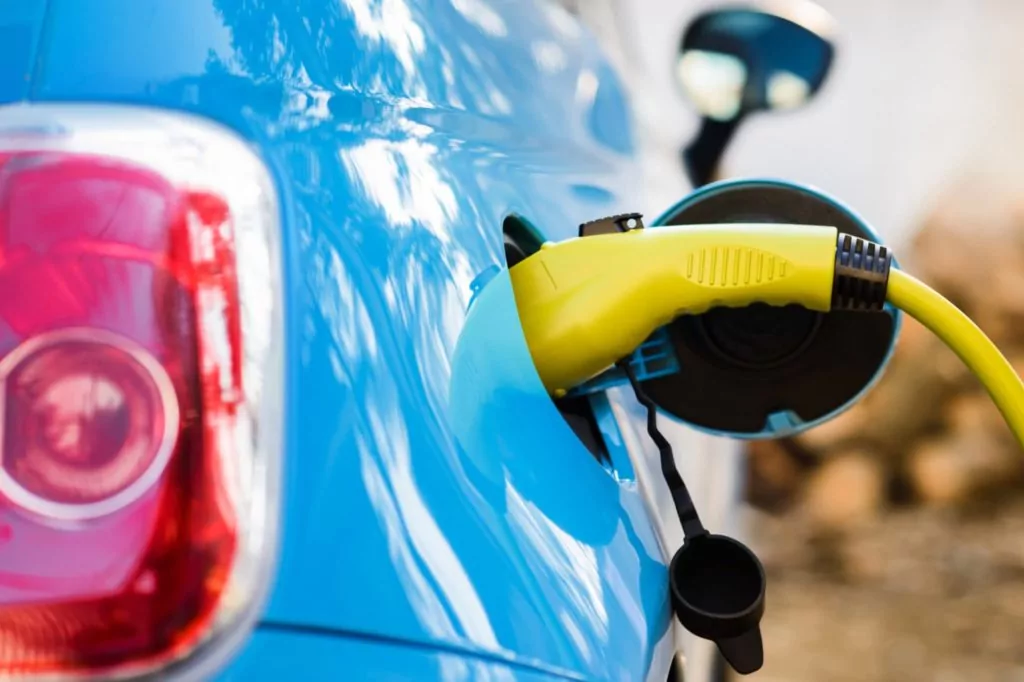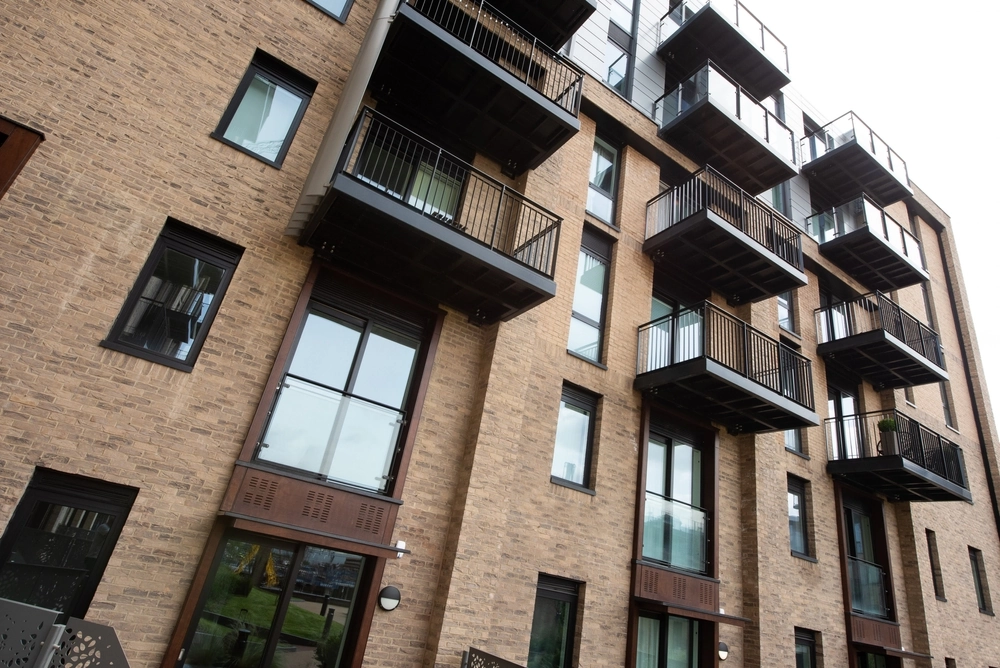
Retrofitting for sustainability in the residential sector

By Aliki Zeri
4 Mar 2025 | 6 minute read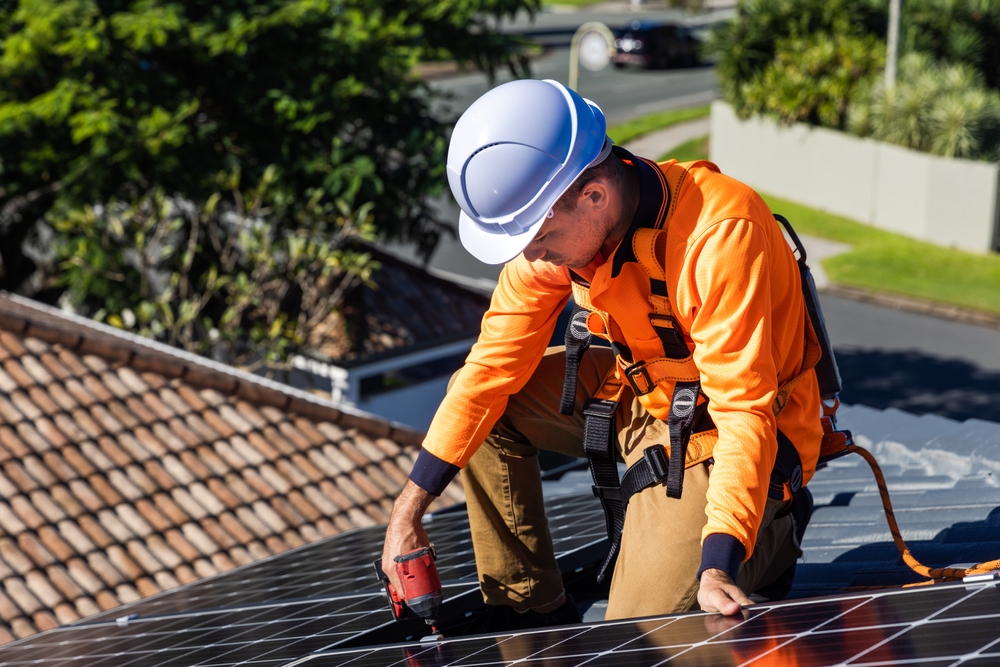
For residential developers that own or manage a portfolio of residential assets, ensuring that residential stock is performing as efficiently as possible is high on the sustainability agenda. Improving energy efficiency will not only ensure compliance with legislative requirements (including the requirement for residential properties to hold an EPC rating of at least E); it will also result in reduction in the costs of heating and cooling for the property (producing better outcomes for tenants), make a property more 'attractive' and support an organisation's wider decarbonisation plans.
Potential retrofit options can be grouped into: (i) fabric-related interventions (such as wall insulation) and other remedial works that would ensure that the building becomes air-tight and (ii) mechanical interventions, which include the installation of renewable energy generating assets, such as rooftop solar pv systems (either alone-standing or coupled with a battery).
Mechanical interventions: rooftop solar pv systems
In this note we focus on mechanical interventions, particularly the installation of rooftop solar pv (either with or without a battery) ("system"). In our experience, a freehold owner (housing association, local authority or residential developer) will look to engage with a third party for the installation of a system on properties owned by them. Often such properties comprise multi-occupancy buildings, with the electricity generated by the system intended to serve the common areas, as well as the individual homes.
Funding models
Generator bears the cost: In most instances, the third party ("generator") will retain ownership of the system and will be granted a lease to enable them to install any necessary equipment on the premises. In this model, the generator covers the upfront cost of the system and its installation. The generator then recovers this through the sale of the electricity generated to the home owner (under a power purchase agreement) which is often priced at such a level that makes it advantageous to the freehold owner (and therefore any tenants) whilst enabling the generator to recover its capital costs and achieve a margin.
Freehold owner bears the cost: It is rare (although common in the commercial and industrial space) for a freehold owner to make the upfront capital investment. In such instances, the third party is appointed to purchase and install the system, which, upon completion, is handed over to the freehold owner to own and operate. In addition to an engineering, procurement and construction contract being required between the freehold owner and the third party, a maintenance agreement for the ongoing maintenance and repair of the system will also be required. Furthermore, to the extent that the system incorporates a battery (or batteries), the freehold owner may request that the third party provides optimisation services (such that the battery is operated in the most efficient manner). This approach often leads to significantly reduced electricity costs once the system is installed, but these reduced costs must be considered in the context of the higher upfront capital investment required.
Key considerations
Assuming that the first funding model is adopted, there are various matters to consider when engaging in conversations with a generator for the installation of a system:
Technical set-up
- Consider what is being installed and where (inside or outside the building);
- Is it intended that the building(s) will consume 100% of the electricity generated by the system or will electricity also be exported to the grid (assuming that it is not stored in a battery).
Answers to these questions will be key in determining what rights the freehold owner needs to grant to the generator and the extent to which the consent of any of the tenants may be required.
Ownership of equipment at the end of term
In most instances, although a generator may retain a right to remove the equipment following termination or expiry of its lease (given that it owns the equipment and would want the option to repurpose it for other projects), many generators do not exercise this right and prefer to leave the equipment on site. For the freehold owner, this has the benefit of allowing them to continue to operate the system and receive electricity at the premises. To the extent that the system has also been REGO (Renewable Energy Guarantees of Origin) accredited, the freehold owner would be able to benefit from REGO payments. Where a freehold owner wishes to maintain ownership of the equipment following termination or expiry of the lease, they will need to consider the following:
- Will the generator provide any warranties as to the condition of the system?
- How will the system be maintained going forward?
- Does the freehold owner need to engage with an agent for the submission of data and management of REGO payments?Does the existence of the system pose a barrier to the disposal of the premises in the future?
- How will the system be decommissioned?
Right to buy
It is possible that an organisation seeks to retrofit individual dwellings, as opposed to multi-occupancy buildings. Where that is the case, additional thought needs to be given to instances where tenants can exercise a 'right-to-buy' option. Reconciling this with the generator's desire to retain the equipment on the premises for a period that would allow them to recover their upfront capital expenditure would be key.
From a commercial perspective, a generator is generally willing to incur upfront capital expenditure where it has certainty that it can recover those costs over a period of time and any risk to this (such as where right-to-buy options exist) will have to be factored into any commercial model. Where a generator is instructed to retrofit a larger portfolio of residential stock, it is likely to be more willing to accept some risk that a proportion of residents will exercise their right-to-buy.
Moreover, where tenants of individual dwellings are being asked to enter into a power purchase agreement with a generator, consideration needs to be given to applicable consumer protection legislation. The generator will likely wish to have a long-term agreement in place with a tenant (to enable recovery of its capital expenditure), but this may not necessarily be compliant with consumer law.
Other agreements
We have already alluded to the various agreements that would be required to facilitate the installation of a system on existing premises (multi-occupancy buildings or single dwellings). As a minimum a lease will need to be granted by the freehold owner to the generator (unless the second funding model referred to above is adopted), and a power purchase agreement for the purchase of electricity agreed between the parties. There may be a need for an optimisation agreement (where batteries are involved).
Where the second funding model is adopted, there will be a need for a construction contract to allow for the installation of the equipment and a subsequent maintenance agreement to allow for the equipment to continue to operate.
Consideration needs to be given to the interplay between these agreements and the allocation of risk between the parties. As part of this process, an assessment of any regulatory risk (the supply of electricity is a licensable activity under the Electricity Act 1989, unless an exemption applies) will need to be undertaken.
There is a balance to be struck between the needs of the generator (to ensure that capital expenditure is recovered and a certain return on investment is achieved), the requirements of the freehold owner (to ensure that it receives a well-functioning system that will reduce energy bills, whilst at the same time being able to freely deal with its portfolio) and the concerns of the tenants (particularly where the proposed installation is likely to impact with the tenants' day-to-day operations).
Final thoughts
The rate of innovation in the energy space means that there is no single model of retrofitting existing residential stock, and the market has seen a number of new entrants in recent years. At Foot Anstey we have the expertise to help you navigate the complexities of retrofitting solutions. We can help you find the right approach for your needs. Contact a member of the team below to find out more.
The Foot Anstey team understands the key challenges of different retrofitting solutions and can navigate them effectively, ensuring a balanced approach that meets diverse interests.



